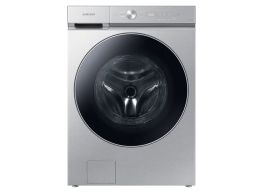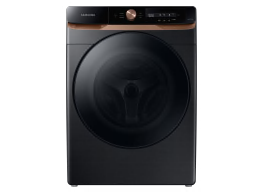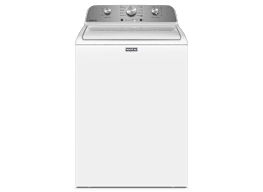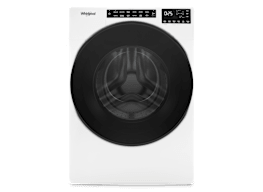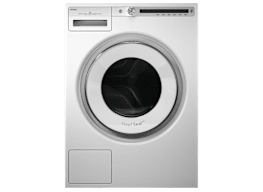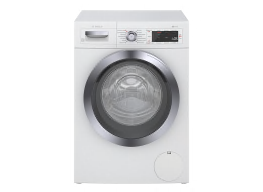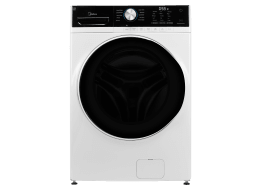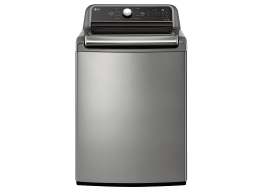Don't Let Pet Hair Ruin Your Washer
For starters, try to keep all that fur out of the machine
If your dog or cat sheds, you’re well aware of the problem. And, unfortunately, you’re probably also well aware that removing all that pet hair from your bedding, clothes, or the pet’s bed can be a real chore—for you and your washing machine.
"Pet hair is definitely a challenge to remove from most fabrics," says Randy Radtke, a spokesperson for laundry appliance maker Speed Queen. "Once water is added to the equation, it becomes that much more difficult."
The mix of water and pet hair results in clumps that stick to fabrics and the sides of the washer drum, clogging drain pumps.
The wet clumps of hair can prevent water from draining properly, which puts stress on your home’s plumbing. That’s why it’s important to reduce the amount of pet hair on your bedding and clothing before you put laundry into the washer.
Your Bed
Put on a rubber glove, dampen it with water, and run your hand over the sheet or blanket. The hair will cling to the glove, making the hair easier to gather and discard.
When you’ve removed as much hair as possible, follow these steps:
- Before washing, run clothes or bedding through a 10-minute, no-heat dryer cycle. This will loosen the pet hair, which winds up in the lint trap. Throw in a dryer sheet, because any static buildup can keep hair bonded to fabric. Take the items out of the dryer, give them a good shake to remove any remaining pet hair, then toss them in the washer. (Clean your dryer’s lint filter after every load, and the dryer duct annually, or more often if you notice your dryer is taking longer. That might happen if you regularly put your dog’s bed in the dryer).
- Add a half-cup of white vinegar to the machine’s rinse cycle. Vinegar is a natural fabric softener that helps loosen pet hair.
- Clean your washer by running a wash cycle without laundry. After the cycle ends, wipe down your machine’s drum with a wet cloth.
Need a new washer? See our comprehensive washing machine ratings.
Your Pet's Bed
Here’s what the American Cleaning Institute recommends for cleaning a pet’s bed:
- Use a vacuum, lint brush, or sticky tape to remove as much fur as possible from your pet’s bed, paying special attention to corners and around any buttons or tufting.
- Remove the bed cover, if possible, and use a stain remover on any extra dirty or funky spots.
- Check the label for washing instructions, then load the cover or the entire bed in the washer (if it doesn’t fit, the bathtub will do). Washing in hot water can help kill any insects and eggs that may be on the bed. (In most cases, a washer’s extra rinse cycle does the best job of rinsing away stubborn pet hair.)
- Dry the bed in your dryer, if it will fit. A dryer sheet helps reduce static and will remove any remaining hair. Clean the dryer’s lint filter halfway through the cycle, because the cleaner it is, the more hair the filter can catch. If you put the bed out to dry, place it in a well-ventilated area to help prevent mildew and mold.
- Afterward, wipe the washer’s drum with a damp paper towel to remove any hair.
- If you still see a lot of hair inside your washer, allow it to air dry, then use the soft attachment of your vacuum cleaner to remove the remaining hair.
How to Wash Your Clothes Like a Scientist
Want to protect your favorites clothes from fading and shrinking in the laundry? On the ’Consumer 101’ TV show, Consumer Reports’ chief scientific officer James Dickerson reveals tips for prolonging the life of your wardrobe.




















